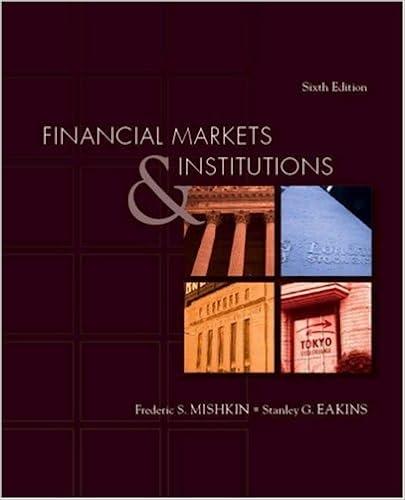Question
Between 26 August 2014 and 1 September 2014 Tescos share price dropped 10.0%. The company was found to have overstated it profits by 263m after
Between 26 August 2014 and 1 September 2014 Tescos share price dropped 10.0%. The company was found to have overstated it profits by 263m after revenue recognition irregularities were spotted in its half-year results, with regulators including the Financial Conduct Authority (FCA) set to decide on a suitable punishment. The supermarket originally predicted its half-year trading profit would be around 1.1bn, but this figure has now been cut back by 263m originally 250m. Tesco has subsequently launched a review of the figures to find out why its first half profit prediction was so inflated. Tesco said it discovered the overstatement of its figures, made as part of a 29 August profit warning, during its final preparations for its latest interim results, released in late October. It asked Deloitte to undertake an independent and comprehensive review, which it said involved the accelerated recognition of commercial income and delayed accrual of costs. The grocery chains usual auditors are PwC. Deloitte has completed its investigation and found that profits were overstated by 118m in the first half of this year, by 70m in the 201314 financial year and by 75m before that. Dave Lewis, the newly appointed group CEO, explained in a statement: We uncovered a serious issue and have responded accordingly. The board, my colleagues, our customers and I expect Tesco to operate with integrity and transparency and we will take decisive action as the results of the investigation become clear. Tesco has seen its once dominant position in the UK grocery sector come under threat from these rivals with more than 10bn wiped off its market value in 2014 after announcing last year its first annual profit drop in two decades. It is this slide that lies at the heart of the aggressive accounting scandal but, rather than fix the growing problems, Tesco pushed up its numbers to make things appear healthier than they actually were. Reports suggest Tesco booked supplier contributions that were conditional on hitting sales targets that it was not going to reach. 5 It is understood that a few employees, realising these sales targets would not be hit, struck deals with suppliers to still make these payments by offering benefits in the next financial period. These benefits were kept secret and in the worst-case scenario involved Tesco actually paying money back to the supplier in the next period. Aggressive accounting in itself is acceptable within limits of course. The practice has been around for a long time, although problems started to emerge in the dotcom era around the late 1990s. The Tesco scandal has also highlighted again the perils and pressures of being a publicly traded company with a focus fixed on the short-term. Investors demand increasing performance, irrespective of the damage this might do to long-term business, innovation or customer relationships. If increases are substantial but lower than forecast, they can also react in a way that has serious repercussions. As a result, many senior executives are now so focused on avoiding this that they are focusing on investors and analysts, and not on customers or the longer-term business requirements and direction. This can lead to the problems encountered by Tesco. The damage to Tescos reputation is already immense and further dents in sales are to be expected. It remains to be seen what the lasting damage to the business will be and Tesco has already suspended four senior executives, including UK managing director Chris Bush, while investigations continue. It is unclear whether there are other big accounting shocks hidden away, but Tesco seems likely to receive a substantial fine from the FCA.
A) What specific principles of the IFAC code of conduct have been violated in the Tesco scandal except for integrity? ( EX: objectivity, professional behaviour, professional competence and due care, confidentially).
Step by Step Solution
There are 3 Steps involved in it
Step: 1

Get Instant Access to Expert-Tailored Solutions
See step-by-step solutions with expert insights and AI powered tools for academic success
Step: 2

Step: 3

Ace Your Homework with AI
Get the answers you need in no time with our AI-driven, step-by-step assistance
Get Started


